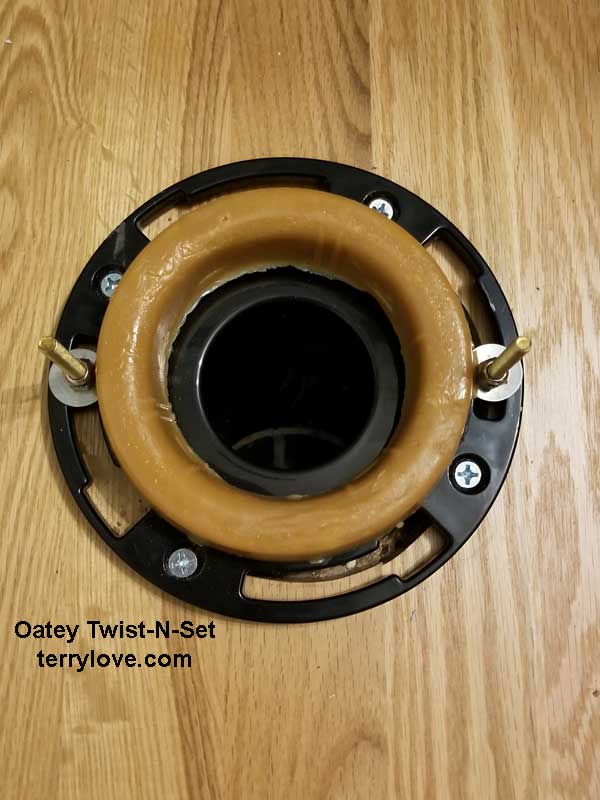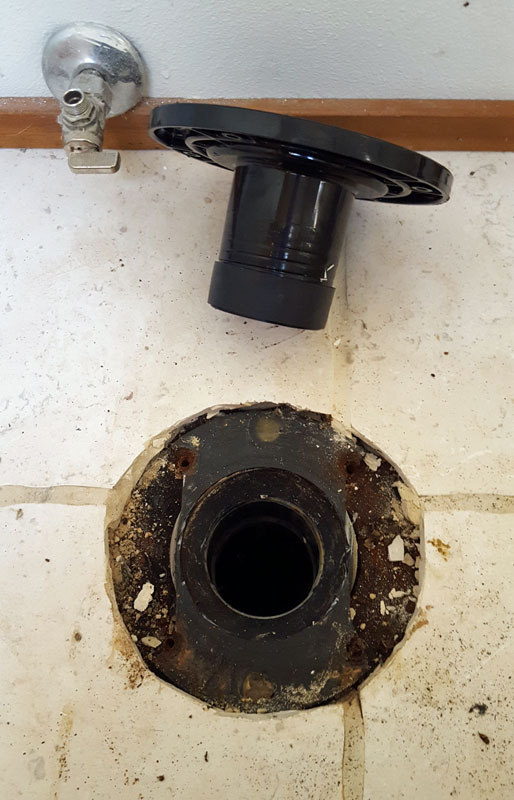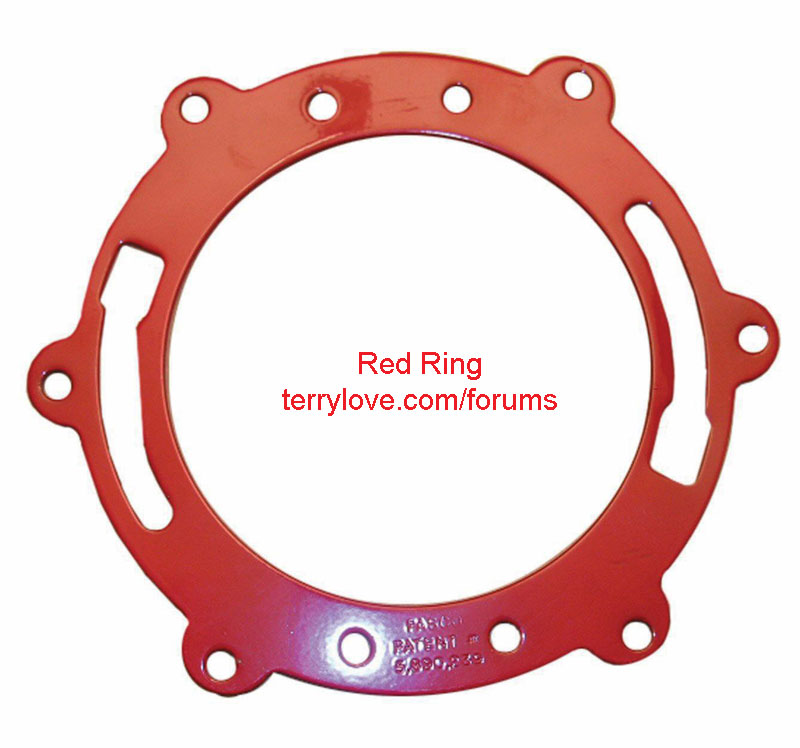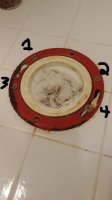Mark Ezrin
Member
Ok, this is probably an easy question and a stupid one.
I was repairing a toilet that had leaked. I removed the toilet to clean up and then put in a new wax ring. Of course the flange screws/bolts were stripped so I bought new ones.
What do the bolts connect to? Because of the flange and limited visibility, I can't really see what I'm looking for.
I was able to get one easily installed. The 2nd was some trouble but it looks like there is some type of mesh netting that it grabbed and held. Is this correct?
Since I've got limited visibility, I can't get the 3rd and 4th bolts to connect or grab anything. Are there some tricks or suggestions you can share?
Thank you.
I was repairing a toilet that had leaked. I removed the toilet to clean up and then put in a new wax ring. Of course the flange screws/bolts were stripped so I bought new ones.
What do the bolts connect to? Because of the flange and limited visibility, I can't really see what I'm looking for.
I was able to get one easily installed. The 2nd was some trouble but it looks like there is some type of mesh netting that it grabbed and held. Is this correct?
Since I've got limited visibility, I can't get the 3rd and 4th bolts to connect or grab anything. Are there some tricks or suggestions you can share?
Thank you.





